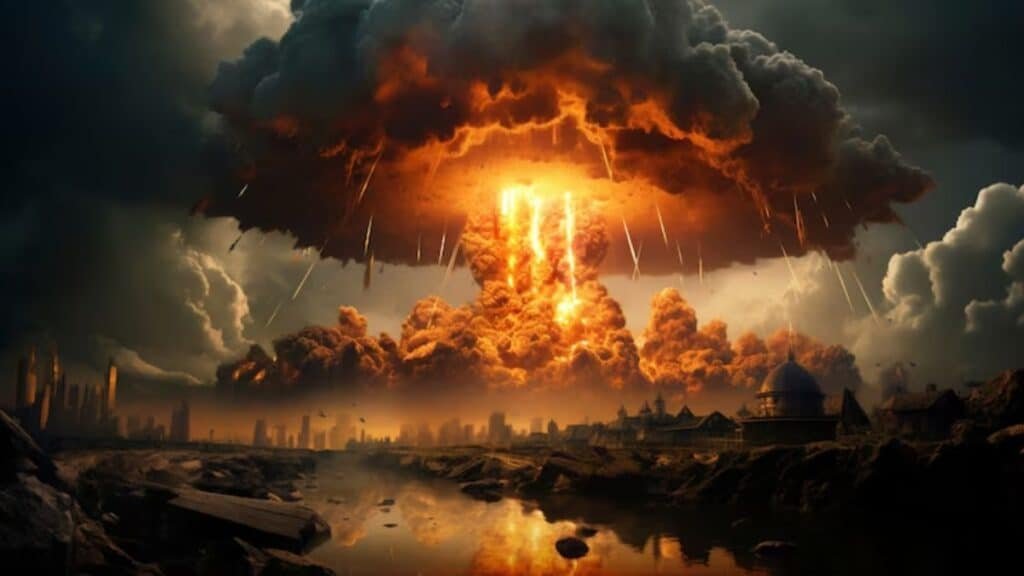When the US launched airstrikes on Iran last month, the headlines were bold and the claims were even bolder. President Donald Trump said Iran’s three major nuclear enrichment sites had been devastated. But new intel paints a very different picture.
Let’s break it down.
Only One Site Took Serious Damage
According to NBC News, only one of the three nuclear sites — Natanz — was severely damaged in the US attack. The other two, Fordow and Isfahan, suffered minor damage. Not nothing, but not enough to halt Iran’s program for long.
In fact, experts say Iran could have both of those sites back up and running in a few months. So if you strip the spin, the reality is this: only one out of three targets was truly knocked offline.
A Bigger Plan Was on the Table — Trump Rejected It
There was actually a much larger plan to hit Iran’s nuclear infrastructure over several weeks, not just one night. The US Central Command had it mapped out. But when the plan reached Trump’s desk, he shut it down.
Why? Sources say it didn’t align with his foreign policy strategy. One official told NBC, “We were ready to move forward, but the president wasn’t.”
The Big Bombs Came Out for the First Time
This attack marked the first battlefield use of the GBU-57 “bunker buster” bombs. These are massive, deep-penetration bombs designed to destroy facilities buried hundreds of feet below ground.
Fordow was the main target for these. It’s tucked deep beneath a mountain. The bombs hit — but apparently didn’t deliver the kind of decisive blow they were meant to.
Natanz Took the Real Hit
Natanz, on the other hand, got wrecked. CIA Director John Ratcliffe briefed lawmakers saying the site’s metal conversion facility was so badly damaged, it could take years to rebuild.
This facility is critical for enriching uranium. Without it, Iran’s ability to continue key parts of its nuclear program is severely compromised.
Iran Isn’t Giving Up Yet
Despite the damage, US intelligence hasn’t picked up any signs that Iran is shutting down its nuclear effort. Quite the opposite. They’re likely regrouping, rebuilding, and getting ready to restart.
What this really means is that while the US sent a strong message, Iran’s nuclear program is still standing — at least two-thirds of it.
Read More: After 160 Israeli Airstrikes, Silence in Suwayda; Syria Pulls Back
Watch India Pakistan Breaking News on The Ink Post. Get Latest Updates, Latest News on Movies, Breaking News On India, World, Explainers.
Follow us on Facebook and Instagram and LinkedIn and Twitter to Stay updated!




